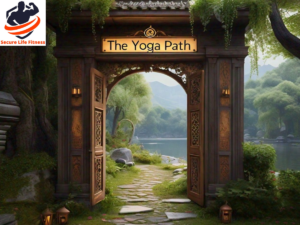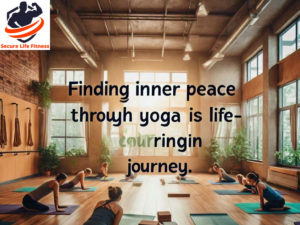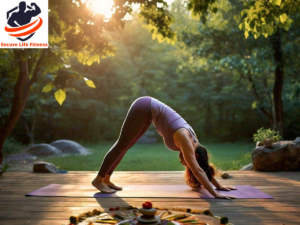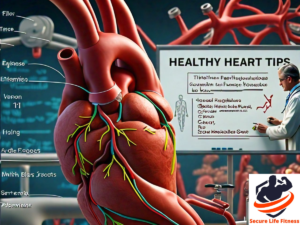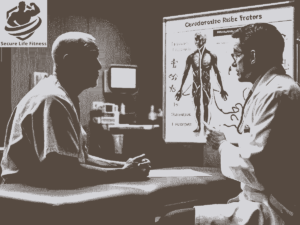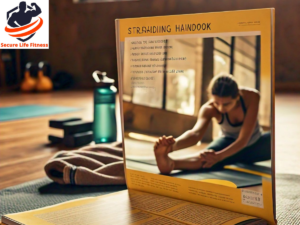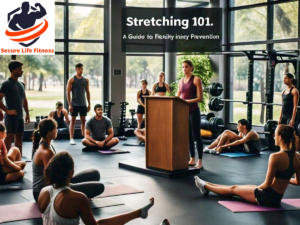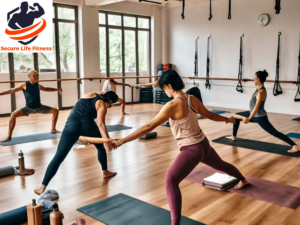Table of Contents
ToggleFull Body Stretching
Stretching is an essential aspect of physical fitness that offers numerous benefits, including improved flexibility, enhanced range of motion, and reduced muscle tension. Full-body stretching routines target all major muscle groups, promoting overall flexibility and well-being. In this blog post, we’ll delve into the importance of full-body stretching and provide comprehensive routines for achieving total flexibility.
The Importance of Full-Body Stretching
- Improved Flexibility: Full-body stretching helps increase flexibility by lengthening muscles and tendons.
- Injury Prevention: Regular stretching reduces the risk of injury by improving range of motion and reducing muscle imbalances.
- Reduced Muscle Tension: Stretching helps relax tense muscles, alleviating stress and promoting relaxation.
- Enhanced Athletic Performance: Full-body stretching improves flexibility, allowing for more efficient movement and enhanced athletic performance.
Warm-Up and Preparation
Before starting any stretching routine, it’s essential to warm up your muscles and prepare your body. Here’s a simple warm-up routine:
- Light Cardio: 5-10 minutes of light cardio, such as jogging or cycling
- Dynamic Stretching: 5-10 minutes of dynamic stretching, such as arm circles and leg swings
Upper Body Stretching Routine
Neck Stretch: Slowly tilt your head to the side, bringing your ear towards your shoulder. Holding for 30 seconds, repeat on the other side.
- Shoulder Rolls: Make a circular movement with your shoulders, rolling them forth and backward. Repeat for 30 seconds.
- Chest Stretch: Place your hands at shoulder height on the doorframe while standing in a doorway. Until your chest stretches, bend forward.. Hold for 30 seconds.
- Arm Circles: Hold your arms straight out to the sides at shoulder height. Make small circles with your hands for 30 seconds.
Side Stretch: Hold your arm straight out to the side at shoulder height. Use your other hand to pull your hand towards your shoulder blade. Holding for 30 seconds, repeat on the other side.
- Lower Body Stretching Routine
Hip Flexor Stretch: Stand with your feet shoulder-width apart. Take a large step forward with one foot and lower your body down into a lunge position. Holding for 30 seconds, repeat on the other side.
Quad Stretch: To maintain balance, place one hand against a wall. Bend one knee while keeping your foot behind you. Holding for 30 seconds, repeat on the other side.
- Calf Stretch: Place one hand on the wall for balance while standing facing a wall. Retrace your steps by a foot and a half while maintaining your heel on the ground. Lean forward and bend your front knee till your calf stretches. Holding for 30 seconds, repeat on the other side.
- Hamstring Stretch: While seated on the floor, extend your legs in front of you.Lean forward, reaching for your toes, until you feel a stretch in the back of your legs. Hold for 30 seconds.
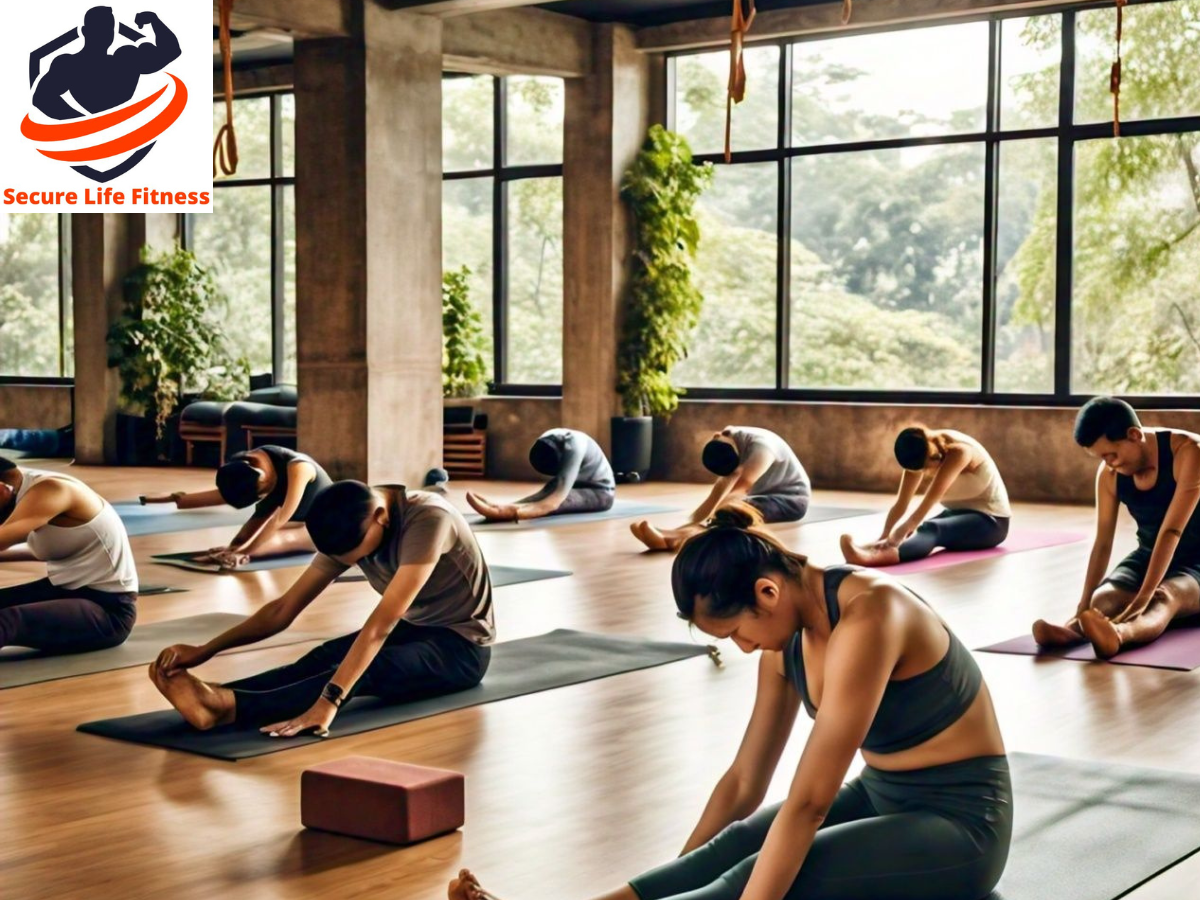
Core and Back Stretching Routine
Cat-Cow Stretch: Start on your hands and knees. Like a cat, arch your back while raising your tailbone and head towards the ceiling. Then, round your back, tucking your chin to your chest and your tailbone towards the ground (like a cow). Repeat for 30 seconds.
Seated Twist: Sit on the floor with your legs crossed. While maintaining your hips pointing front, twist your body to one side. Holding for 30 seconds, repeat on the other side.
Lat Stretch: Stand with your feet shoulder-width apart. Clasp your hands together and stretch your arms up overhead, leaning to one side. Holding for 30 seconds, repeat on the other side.
Cool Down and Final Tips
- Static Stretching: Finish your stretching routine with static stretches, holding each stretch for 15-30 seconds.
- Breathing: Focus on deep, controlled breathing throughout your stretching routine.
- Consistency: Aim to stretch at least 3-4 times per week, ideally after exercise or as a standalone routine.
- Listen to Your Body: Don’t push past pain or discomfort. Modify stretches to suit your individual needs and abilities.
Common Mistakes to Avoid
- Bouncing: Avoid bouncing or jerking movements while stretching, as this can cause micro-tears in muscles and tendons.
- Overstretching: Don’t push past pain or discomfort. Overstretching can lead to injury and decreased flexibility.
- Poor Posture: Maintain good posture during stretching to target the correct muscle groups and avoid putting unnecessary strain on joints.
Tips for Improving Flexibility
Consistency: Regular stretching is key to improving flexibility. At least three to four times a week, try to stretch.
Hold Stretches Longer: Hold each stretch for 15-30 seconds to allow for maximum relaxation of muscles and tendons.
- Focus on Tight Areas: Identify areas of tightness and focus your stretching routine on those areas.
Stretching for Specific Activities
- Running: Focus on stretching calves, hamstrings, quads, and hip flexors to improve running efficiency and reduce risk of injury.
- Yoga: Incorporate stretches that target the shoulders, hips, and lower back to improve flexibility and balance.
- Weightlifting: Stretch muscles used in weightlifting, such as chest, shoulders, and legs, to improve range of motion and reduce muscle tension.
Stretching for Specific Goals
- Improved Posture: Focus on stretches that target the neck, shoulders, and upper back to improve posture and reduce the risk of back pain.
- Increased Range of Motion: Incorporate stretches that target the hips, knees, and ankles to improve flexibility and range of motion.
- Reduced Muscle Tension: Focus on stretches that target the shoulders, neck, and lower back to reduce muscle tension and promote relaxation.
Stretching for Specific Ages
- Children: Focus on fun, dynamic stretches that promote flexibility and coordination, such as animal walks and leg swings.
- Teenagers: Incorporate stretches that target areas used in sports and physical activity, such as hamstrings, quads, and hip flexors.
- Adults: Focus on stretches that target areas prone to tightness, such as the neck, shoulders, and lower back.
- Seniors: Incorporate gentle, low-impact stretches that promote flexibility and balance, such as tai chi and yoga.
Stretching for Specific Injuries
- Lower Back Pain: Focus on stretches that target the lower back, glutes, and hamstrings, such as pelvic tilts and knee to chest stretches.
- Shoulder Injury: Incorporate stretches that target the shoulders, such as shoulder rolls and arm circles.
- Knee Injury
Additional Resources
- Stretching Apps:
- StretchIt
- Flexibility Training
- Yoga Studio
- Stretching Videos:
- YouTube channels like Yoga With Adriene, Stretch With Lucy, and Fitness Blender
- Stretching Books:
- “Stretching Anatomy” by Arnold G. Nelson and Juergen Weineck
- “The Stretching Bible” by Lexie Williamson
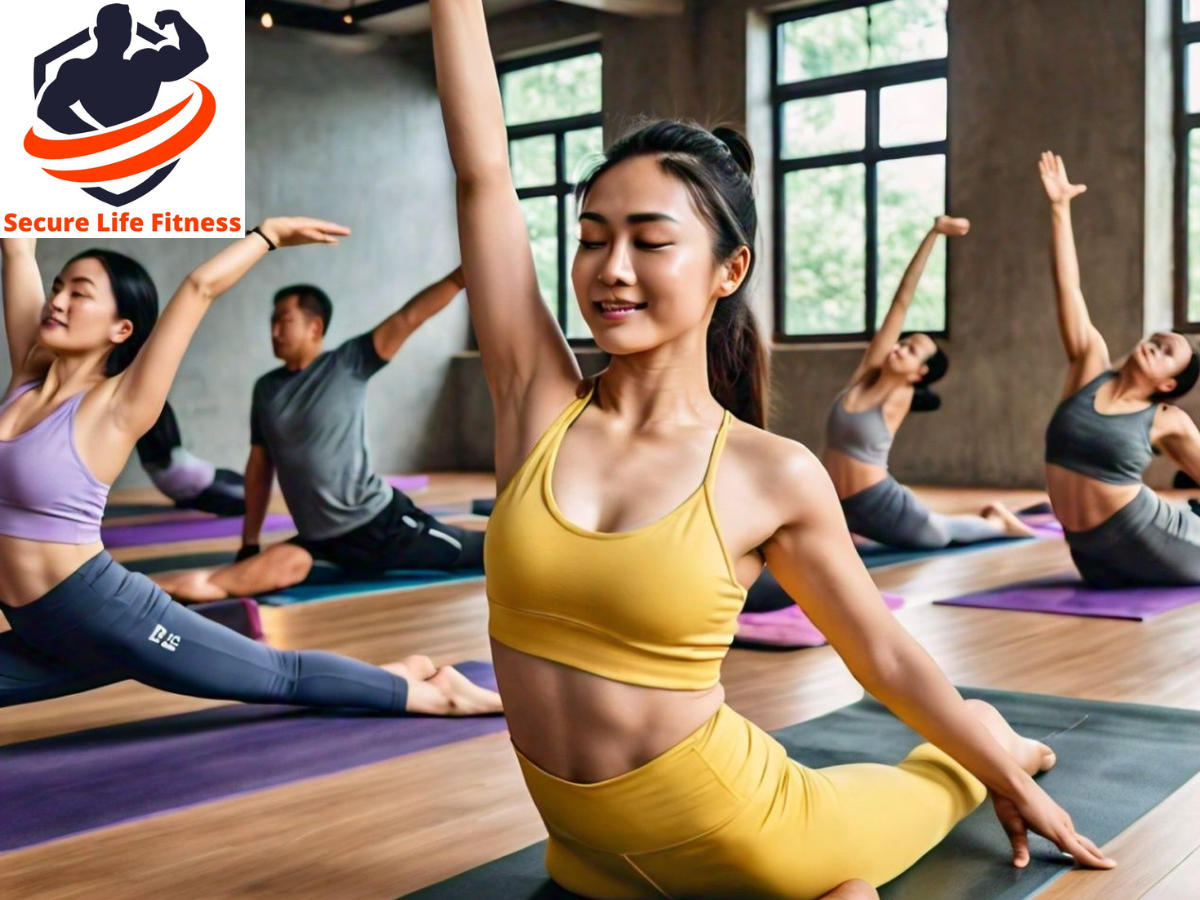
Related Topics
- ** Foam Rolling and Self-Myofascial Release**
- Trigger Point Therapy
- Massage and Bodywork
- Physical Therapy and Injury Rehabilitation
- Athletic Performance and Sports Trainin
Stretching for Specific Sports and Activities
- Running and Cycling
- Swimming and Triathlon
- Yoga and Pilates
- Basketball and Soccer
- Golf and Tennis
Conclusion
Full-body stretching is a powerful tool for improving flexibility, reducing muscle tension, and enhancing overall physical fitness. By incorporating the comprehensive routines and tips outlined in this post, you’ll be well on your way to achieving total flexibility and promoting long-term physical well-being. Remember to always listen to your body, avoid common mistakes, and make stretching a regular part of your fitness routine.




